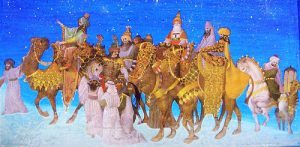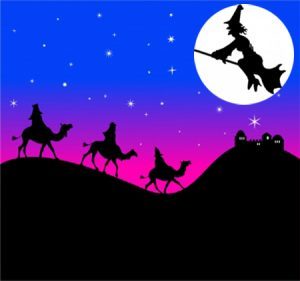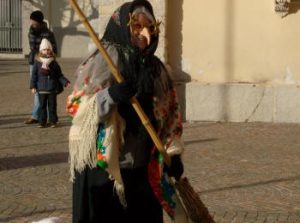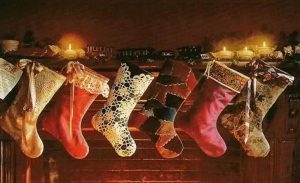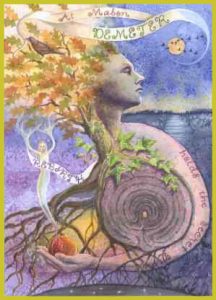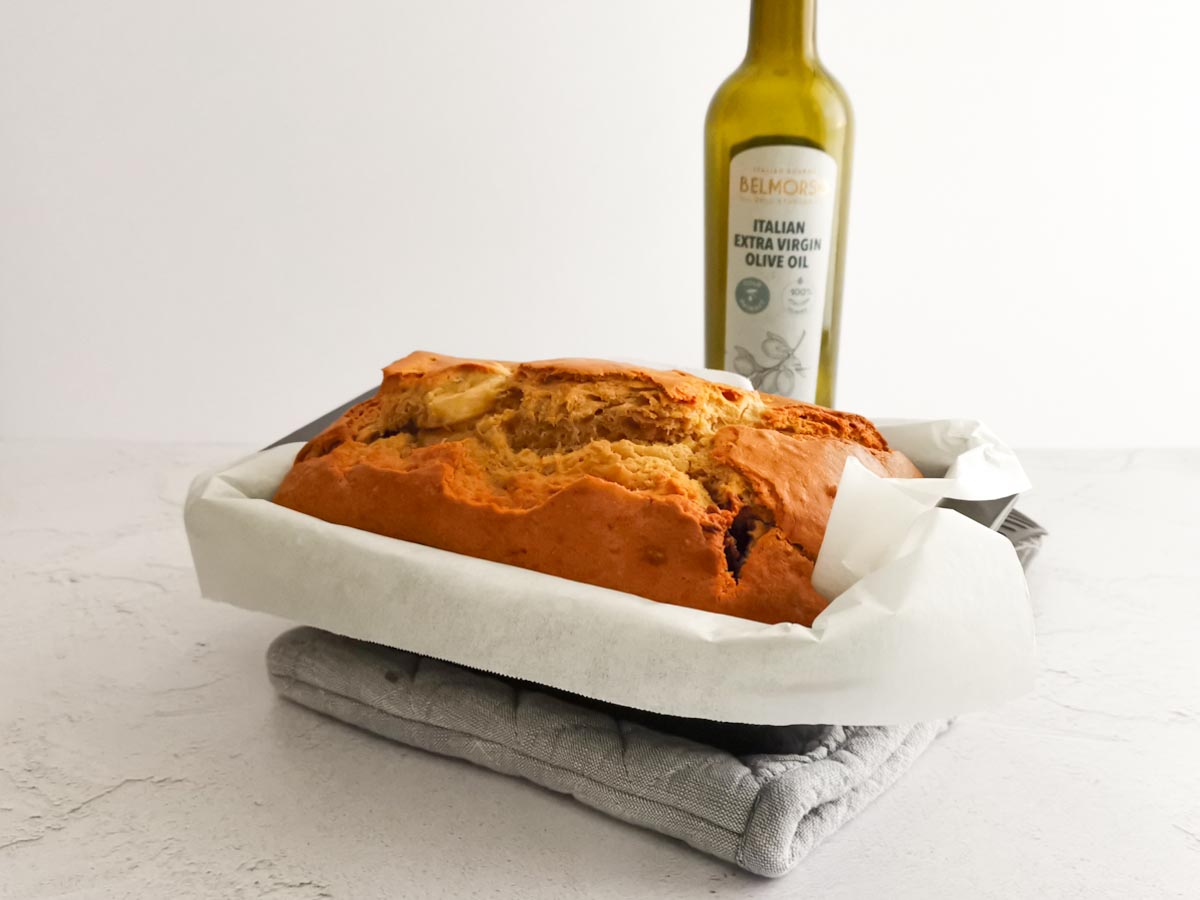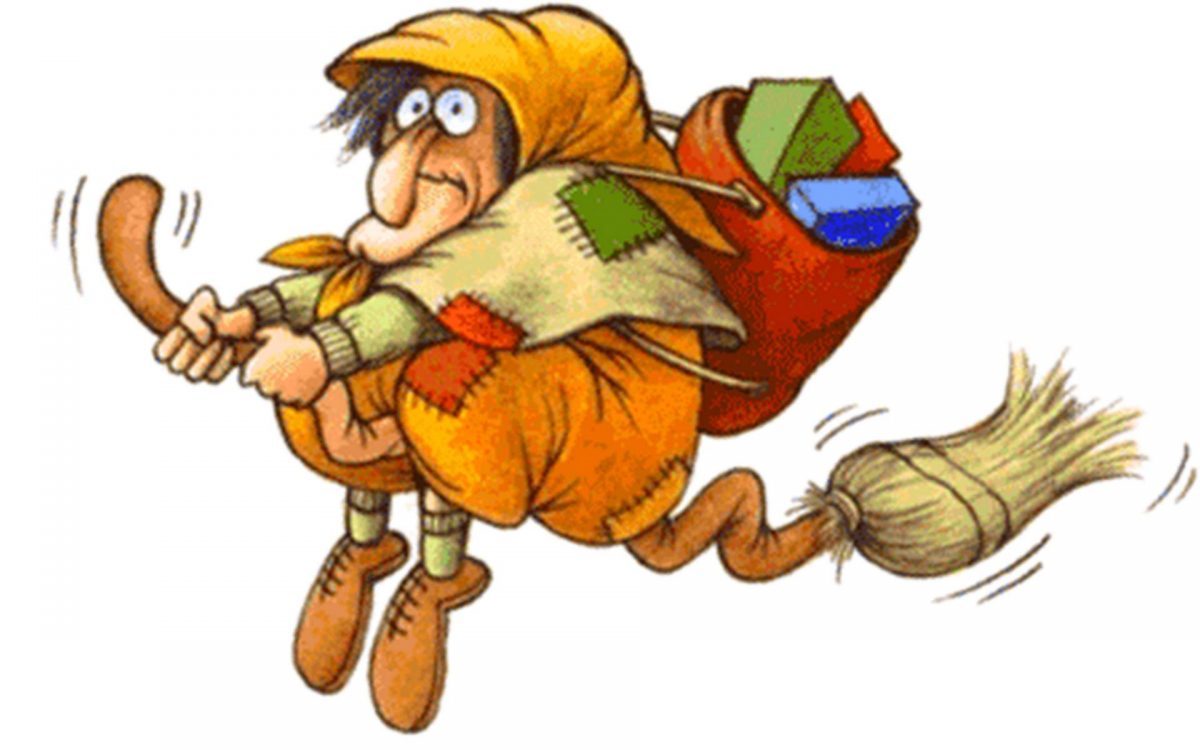
The Dinette Teller Special – The Befana
The Befana is a folkloristic character as Santa Claus, which, in Italy, is related to the Epiphany’s day on the 6th of January, when the Star of Bethlehem led the Three Wise King to the cradle of Jesus.
In fact, “epifania” means “to appear” and, as the Three Wise Kings appeared in the middle of the desert, also the Befana appears in the sky, flying on her broom.
The Befana is an old ugly hunchbacked woman, with a hooked nose and a witchery chin. She wears with poor clothes and she is covered in soot, because she usually gets in the houses passing through the chimneys in the night between the 5th and the 6th of January, to leave few gifts on the kitchen table, to be found by the children the morning after.
She gives chocolates, sweets and candies to the good kids, whereas for the bad ones she has only black sweet coal!
The story of the Befana born when, during a very cold winter, the Three Wise Kings knocked on the Befana’s house door, asking her for the direction to get to Bethlehem. She showed them the way but she was too busy to join them in their mission. After a while, she felt really guilty and she tried to reach them, unfortunately without any result. Then, she knocked to every door on her way, and she left a present to every child, hoping one of them to be Jesus.
The feminine character, flying in the sky, was already very common in the old Roman tradition, mostly as holy spirits, providing good fortune to bless and protect the development and the fertility of the fields and soil.
From the 5th Century, every pagan ceremony and ritual was meant to be satanic, and for this reason banned. As a consequence, the gentle figure of a flying woman was represented as a witch riding a broom.
The old age represents the “old year”, since the Befana comes at the end of the Christmas period, and the soot is a symbol of the purification from old objects and burdens. On the contrary, the presents have a good luck wish meaning.

